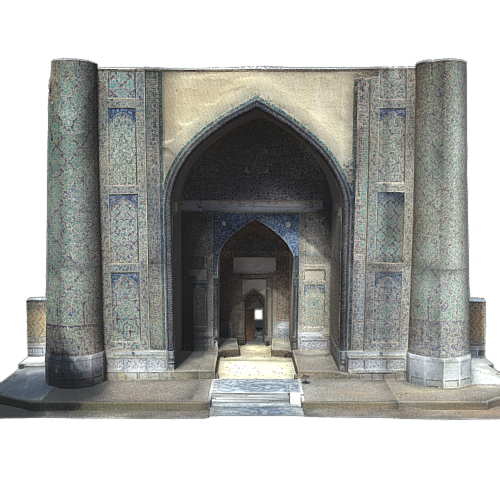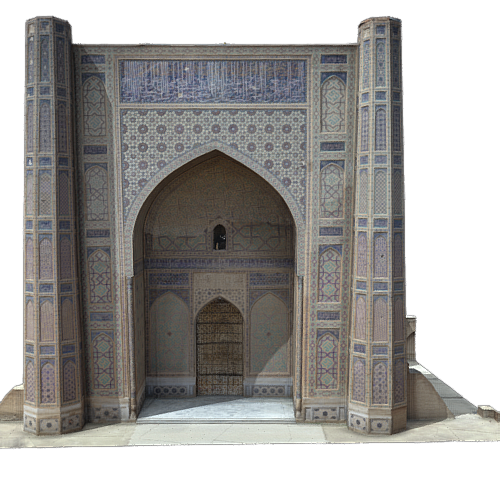The Ulugh Beg Observatory is an observatory in Samarkand, Uzbekistan. Built in the 1420s by the Timurid astronomer Ulugh Beg. Islamic astronomers who worked at the observatory include Al-Kashi, Ali Qushji, and Ulugh Beg himself. The observatory was destroyed in 1449 and rediscovered in 1908.
It was built somewhere around 824–1422. Different sources mention different dates; however, many sources mention around 830 to be the date of the observatory’s foundation and 1422–1428 to be the period during which the construction of the observatory was completed. It contained the largest sextant in the world at that time.
Samarqand, is a city in southeastern Uzbekistan and among the oldest continuously inhabited cities in Central Asia. Prospering from its location on the Silk Road between China and Europe, at times Samarkand was one of the largest cities of Central Asia. The city was conquered by Alexander the Great in 329 BCE
3D model in Reality Capture using 41 FARO Focus3D and Z&F scan positions and 453 images.




